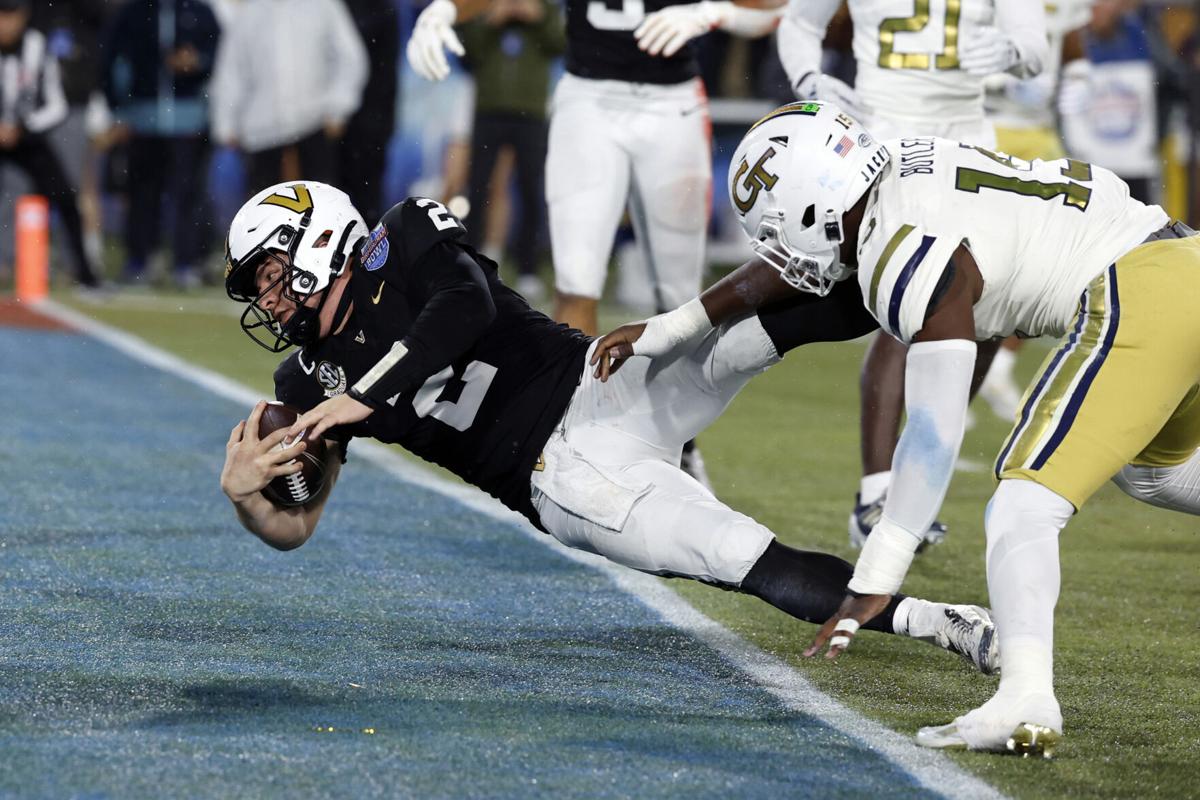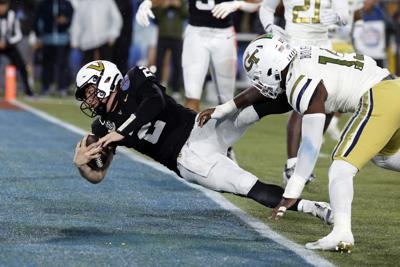The blockbuster House vs. NCAA legal settlement temporarily restored some sanity to major college sports, but the chaotic industry still lacks sensible structure.
The House settlement directs colleges to distribute up to $20.5 million revenue-sharing funds to athletes, in addition to any name, image, likeness payments they earn. This settlement also attempts to constrain those NIL payments, which got utterly out of hand with over-eager boosters throwing their disposable millions at teenage recruits.
Buying blue-chip talent for your alma mater is apparently far more fun than getting your name on the geology building on a back corner of campus.
Participating schools got a jump on circumventing the new rules by preemptively funneling NIL dollars to athletes before the settlement took effect July 1. Expect the workarounds to continue apace, given the win-at-whatever-cost mentality within the industry.
People are also reading…
Boosters who became empowered in the NIL era won’t surrender that clout without a fight. Neither will the agents who negotiate on behalf of the athletes who can bounce from school to school, shopping for the best deal.
And don’t forget about the lawyers who can’t wait to file the next lawsuit against the college sports industry, given the high success rate of such anti-trust litigation in recent years.
How long will the new rules hold up against all the pushback certain to come?
Our guess: not very. Coaches, athletic directors and conference commissioners will just have to keep winging it in an ever-changing landscape.
The new College Sports Commission will try to enforce the revenue-sharing system, but let’s see if it actually has any muscle.
The new NIL Go portal will police third-party deals, assessing them against standards of fair market value and valid business purpose. But this is America, where the free market rules.
We’re guessing the courts will keep agreeing with that argument when the next round of lawsuits are filed.
Having ceded control over these financial matters, the ever-feckless NCAA will focus on enforcing eligibility issues. But how will it maintain the “student-athlete” ruse in an industry that has finally gone full pay-for-play?
Now that college football and basketball have become so lucrative, many players want to extend their time on campus. For instance, Vanderbilt quarterback Diego Pavia gained a sixth year of college eligibility with an injunction that effectively ruled that his two junior college seasons didn’t count.
Good for him. Pavia is a fabulous quarterback getting paid handsomely to play at an elite university in one of this country’s best cities. Why would he want to leave this gig for an uncertain pro career?
It’s not hard to imagine additional antitrust lawsuits erasing arbitrary limits on how long athletes can play college sports. Because unathletic students can stay in college as long as they can find new degrees to pursue, why can’t quarterbacks and point guards do the same?
The college sports industry is still doing fine despite all this tumult. But college presidents, athletic directors and coaches would welcome a sturdy operational model that finally ends that madness.
Many industry leaders wish Congress would find a solution, although that places outsized confidence in our legislators. Some are hoping for a magic-wand solution via a presidential executive order, but the White House has bigger fish to fry these days.
Here’s a thought: What if colleges reversed course by hiring players as school employees? What if the power conferences allowed the players to unionize, thus allowing schools to negotiate collective bargaining agreements with a players association?
Bryan Seeley, chief executive officer of the College Sports Commission, is confident the industry doesn’t have to go that far.
“College sports is its own unique thing, and what makes college sports great needs to remain,” Seeley told The Athletic. “Some of the system we’re going to bring for enforcement is a system that has been used in the pro sports world. ... But I don’t view this as the professionalization of college sports. Working with schools and working with student-athletes is going to be quite different than working with professional sports teams and professional athletes.”
But is it really?
The players have agents these days. Football and basketball programs have general managers to deal with agents. The 22% revenue share this settlement guarantees athletes is more like a pro-level 50% share at major schools, when scholarships, housing and other benefits are factored in.
College football and college basketball are looking much more like the NFL or the NBA but without the federally enforceable collective bargaining agreements that maintain order.
Schools have fought to prevent athletes from gaining collective power, but legal losses created a free-for-all that benefits the athletes. Their lawyers will keep winning anti-trust lawsuits because the “system” is still a mess.
The college sports industry is long overdue to find a better way.
Mizzou football coach Eli Drinkwitz speaks with the media on Wednesday, April 9, 2025. about the NCAA House settlement lawsuit. (Video by Mizzou Network, used with permission of Mizzou Athletics)














